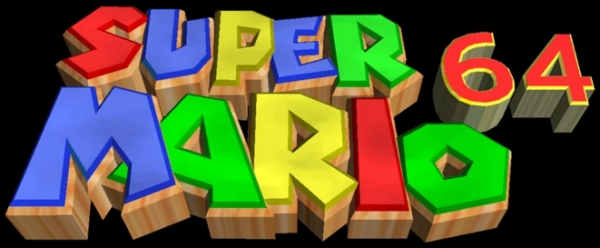
The latest VGC Essay explores all the ways Nintendo tried to teach the world about 3D games with Super Mario 64. Here’s a teaser…
For Mario’s first foray into “The Third Dimension,” Nintendo wanted to ensure that everything was perfect. In fact, the Nintendo 64, its unique three-pronged controller, and the controller’s analog stick designed to better simulate 3D movement were all created with the needs of Super Mario 64 in mind.
Nintendo had good reason to be worried about getting all of the details just right, as most video gamers had never even seen a 3D platformer before Super Mario 64. Aside from a few experimental titles from the late 80s and early 90s, 3D movement was only found in a handful of titles on the market at the time, the most famous of which was probably EA’s Fade To Black. Naughty Dog’s Crash Bandicoot, which included pseudo-3D movement, beat Super Mario 64 to store shelves by about five weeks, but a majority of the game took place on a 2D plane.
So Nintendo used Super Mario 64 as an opportunity to introduce players to what was, in their mind, an entirely new genre. Shigeru Miyamoto’s exacting attention to detail helped mold every part of the game. The first interaction players had with the game was the appearance of an actual cameraman (Lakitu the Cloud), and instructions on how to control the camera’s angle with the diamond-shaped set of C-Buttons on the right side of the Nintendo 64 controller. Actually, let me back up… the very first thing most players experienced after booting up Super Mario 64 was the interactive Mario face on the Title Screen. Miyamoto saw fit to even offer players a primer on polygons as the squares, rectangles, and rhombi that made up Mario’s face could be grabbed and manipulated in dozens of different ways. In a way, “It’s-a me, Mario! Hello!” was a coded message that encouraged players to jump right into this new 3D world.
